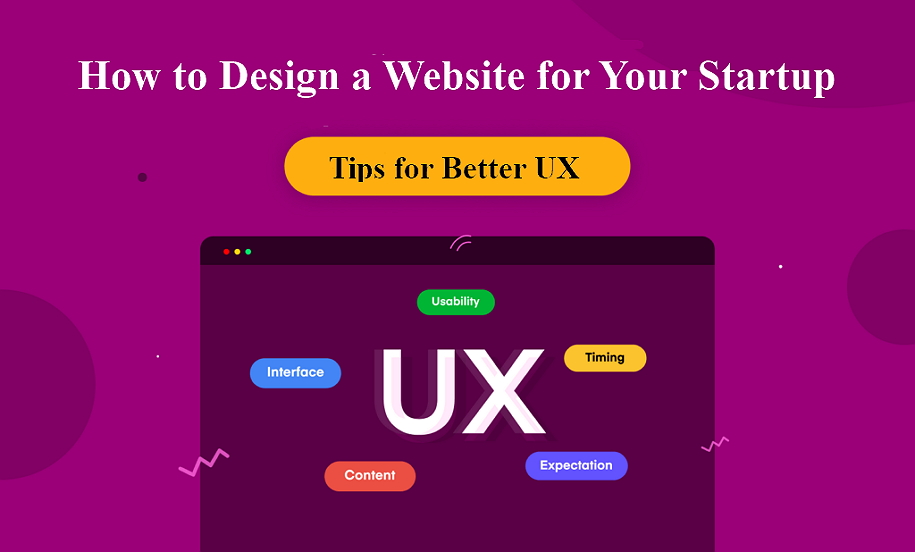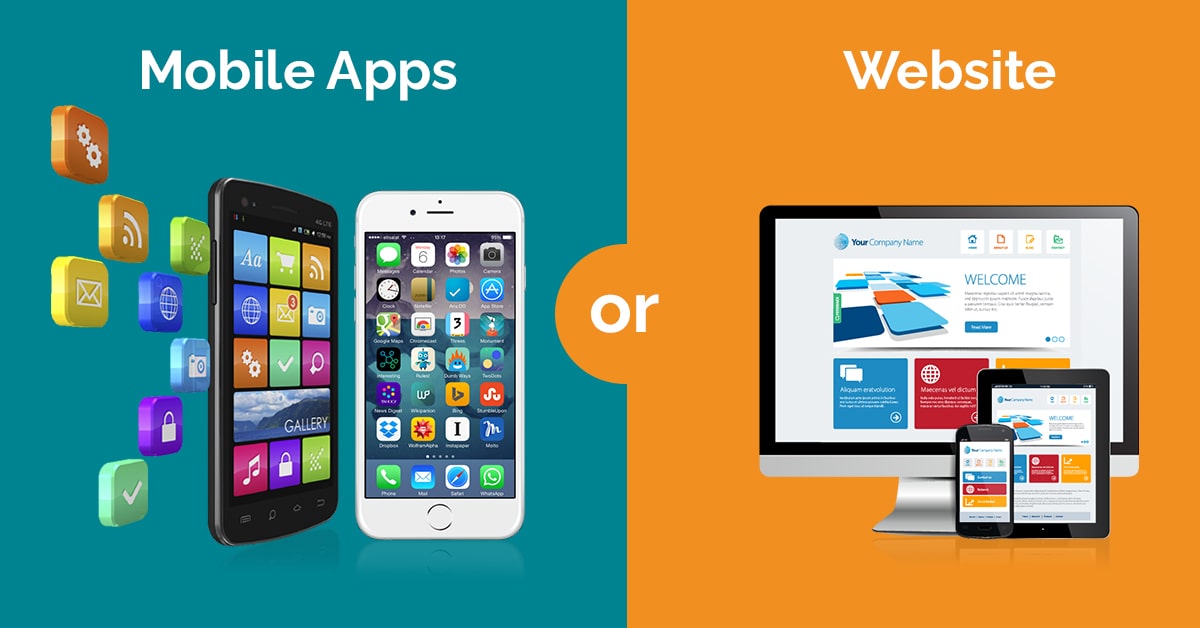
When preparing to launch a business startup, there are a number of important steps you’ll want to take. There are legal considerations, like creating an Operating Agreement and forming an LLC in Wyoming or the state of your choice. There are business development concerns, like pricing your products and deciding which sales channels you’ll use. And of course, there are branding issues to unpack: Business name, logo, tagline, and beyond.
And let's not forget your website. Your business website will be essential for creating a strong impression in the minds of your customers. And one of the most important attributes of your website is the kind of experience it offers.
While creating a website for your startup, do not forget to use our free ux design tool to iterate your ideas with your team.
The concept of user experience, or UX, is something that web designers take very seriously. And while it matters for all business websites, it can be especially noteworthy for startups.
When we talk about UX, exactly what are we talking about? To put it most simply, a website’s UX refers to the overall experience a user has when they visit the site. UX typically focuses on usability, accessibility, design, and satisfaction. The intention is to ensure the user has a smooth and frictionless time as they seek the desired information about your products, services, and brand.
UX is crucial for startup websites. There are several reasons why this is the case:
Smooth, seamless UX increases user satisfaction and creates positive impressions of your brand.
A positive user experience, in which the user can easily obtain the information they need, creates trust.
A website that’s easy and intuitive to navigate can also increase the odds of repeat visits.
For these and countless other reasons, website UX should be a major focus for business startups everywhere.
The question is, what does it mean to provide positive UX for your startup website? Consider a few tips, strategies, and best practices.
One of the hallmarks of good UX is that your website visitors can intuit pretty easily where to click in order to find the information they desire, without having to do too much clicking or back-tracking. Make sure the menus you offer for navigating the site are clear and thoughtfully laid out.
As you think about providing a great experience for your users, keep in mind that a majority of them are likely to come via mobile devices. Ensure that your startup website is fully mobile-optimized, double-checking that it functions properly and is easy to access across all browser and device types.

Few things frustrate website users more than a sluggish performance. In fact, studies have demonstrated over and over again that even two or three seconds of loading time can cause you to lose valuable traffic. Optimize images and reduce code to improve loading times, ensuring a more favorable user experience.
Make it obvious to users how they should progress through the site, pointing them toward the end goal of purchasing a product or scheduling an appointment. Do this by ensuring a strategic call to action (CTA) structure that runs through the entire site. Use prominent, actionable buttons that guide users toward the desired actions.
Aesthetic consistency is another important way to improve your user experience, and to reinforce the values of your brand. Create a basic palette of colors, fonts, and styles, and try to employ them consistently throughout every page of your website.
Wherever possible, try to supplement textual content with visuals. According to Colin Hogan, the Managing Director at Demo Duck, an animation video explainer company, studies have found that human brains process images and videos way faster than they can process textual content - and this is better for user experience.
The written content on your website should be helpful, relevant, and authoritative, providing your users with meaningful insight into what your startup is all about. Content quality is a big deal, but so is content layout and readability. Ensure your content is inviting and easy to read by using headings and subheadings, employing bullet points where appropriate, keeping paragraphs relatively lean, and cultivating plenty of white space.
Another area to build up your UX is in the user forms that you provide. Simplify forms by minimizing fields and using placeholders, making it more intuitive for your users to input their information. Website forms are an oft-overlooked avenue to show a commitment to robust UX.
Believe it or not, your business website is beholden to the stipulations of the Americans with Disabilities Act (ADA). Not only is this a compliance issue, it’s also a way to demonstrate a commitment to positive UX. Verify that your website is accessible to all users, including those with disabilities, by following best practices; for example, make sure your site can be easily navigated without the use of a mouse.
A great way to verify that you’re on the right track with UX is to gather feedback from real users to identify pain points and areas for improvement. Also make sure you go through the site yourself, trying to view it through the eyes of a newcomer, to look for any potential friction points or liabilities.
Finally, remember that UX calls for ongoing monitoring and continuous improvement. Use tools like Google Analytics to track user behavior, helping you understand what works and what needs to be fine-tuned.
Choosing the right UX design tool can streamline your workflow and help you design more efficiently. Tools like Mockplus can offer templates, real-time collaboration features, ux flowchart diagramming and prototyping options that simplify the UX design process. Selecting the right tool for your startup's needs can significantly enhance productivity and ultimately lead to a more polished and user-friendly website.
When you launch a new business, it’s critical that you establish a strong online presence. A big part of that is focusing on smooth and streamlined UX. Use some of these tips to help you ensure your startup site is inviting to newcomers.
 Mockplus RP
Mockplus RP
A free prototyping tool to create wireframes or interactive prototypes in minutes.
 Mockplus DT
Mockplus DT
A free UI design tool to design, animate, collaborate and handoff right in the browser.
